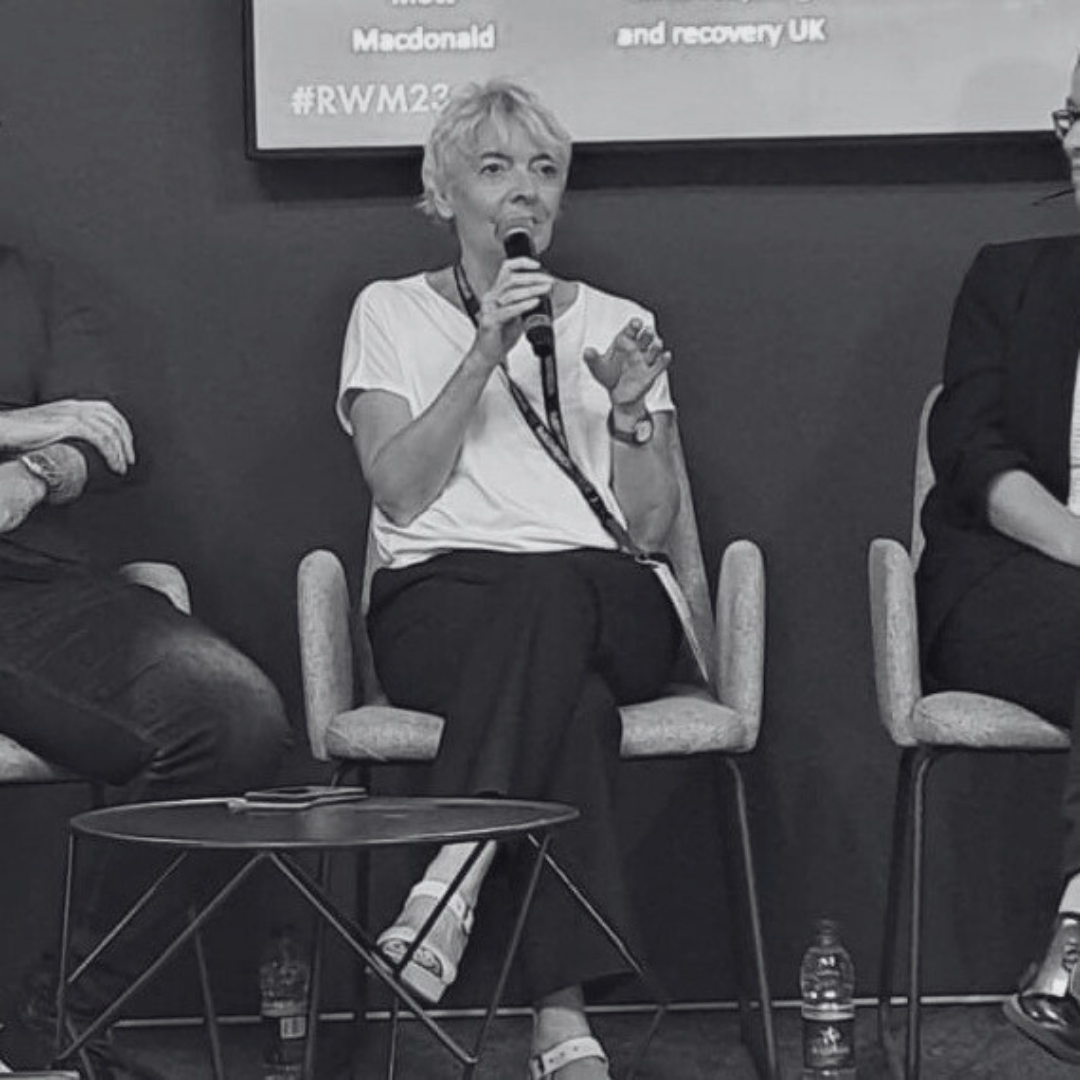- Modelling high-ambition pathways
We need scenario modelling that explores more ambitious routes which would include a scenario analysis that models higher ambition pathways, showing how greater proportions of land - across all categories - could contribute to environmental goals. This includes urban green space, peri-urban land, and under-utilised public land.
- Open and standardised land use data
A national data platform that incentivises the sharing of privately held land use and biodiversity data (e.g. from developers, farm consultants, or estate managers) and a duty to report spatial outcomes against the Framework’s principles should underpin the framework. It can also align with the EIP Outcome Indicator Framework, supporting transparency and accountability.
- Building green skills and capacity
Delivery will depend on having the right people with the right expertise. From soil scientists to spatial analysts, the framework should be supported by a national land use skills strategy to address key workforce gaps.
Time for Action
With the final framework expected some time in 2025, the Government still has an opportunity to elevate its ambition and deliver a land use strategy that works for both nature and people. Professionals in our sector are ready to help shape and deliver that vision—but we need a clear, joined-up, and evidence-based framework to do it.
At ISEP, we’ll continue working with policymakers to ensure that the final Land Use Framework supports the scale of transformation our environmental and social systems urgently require.
Read ISEP's full response here.



